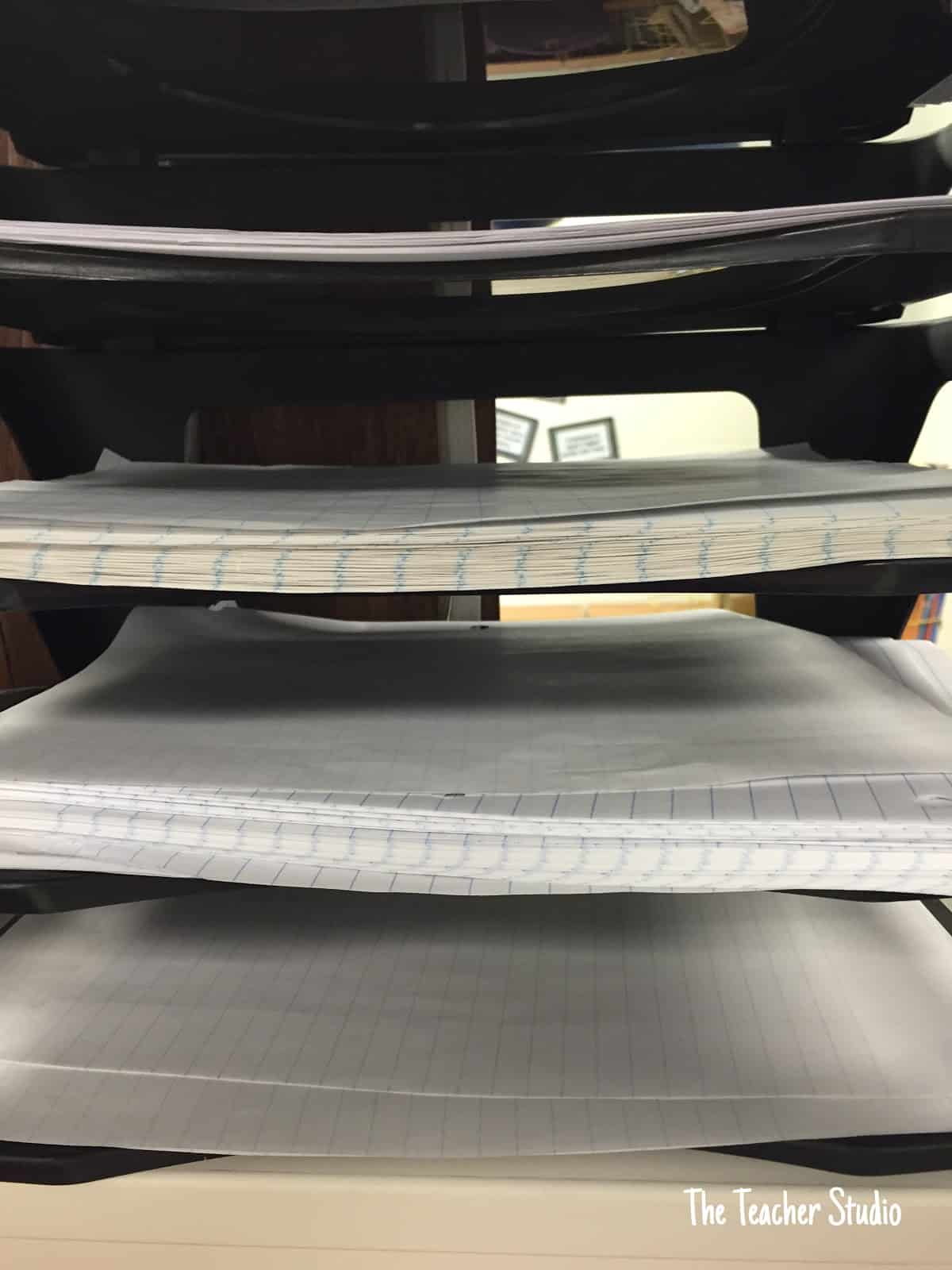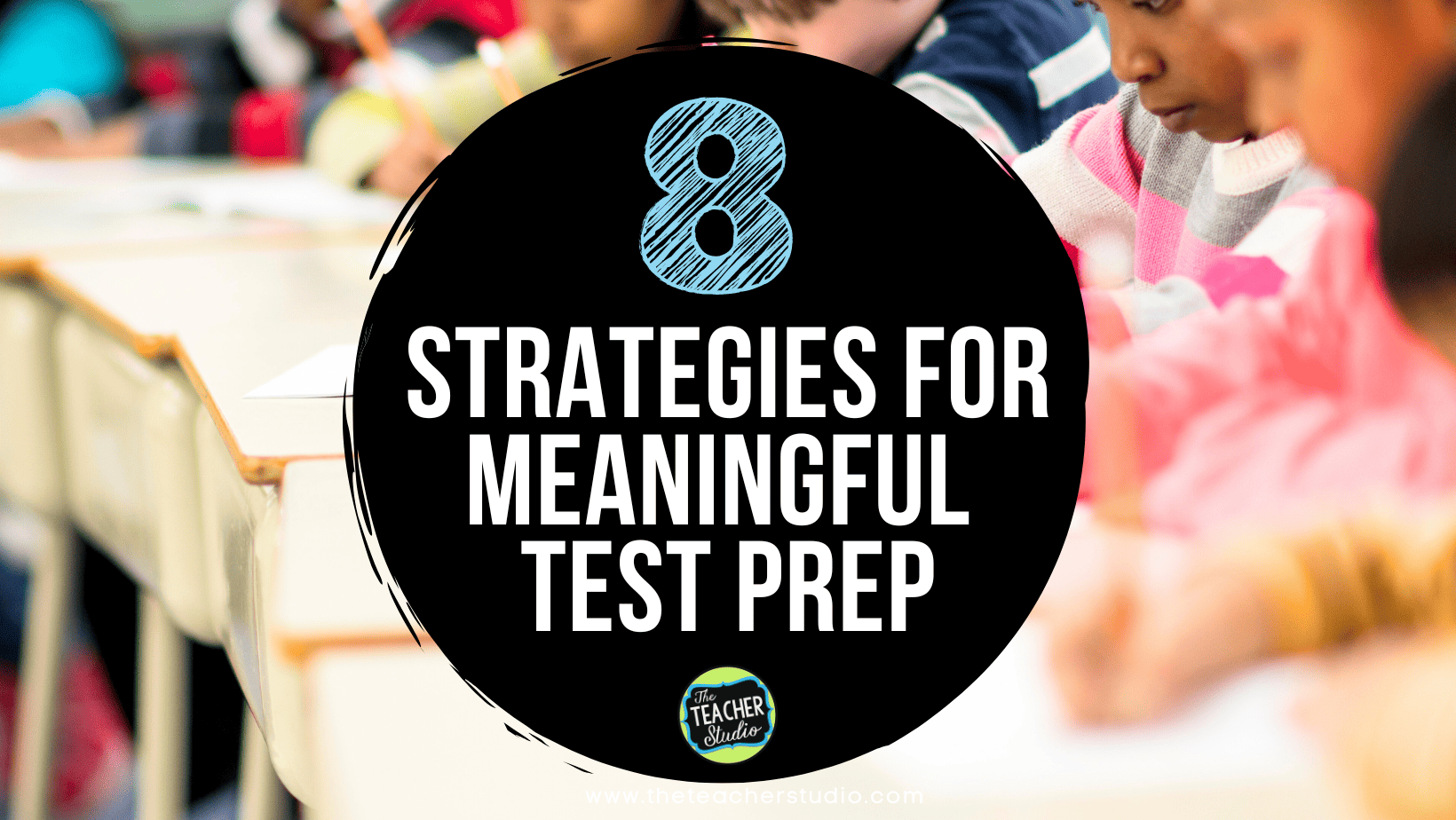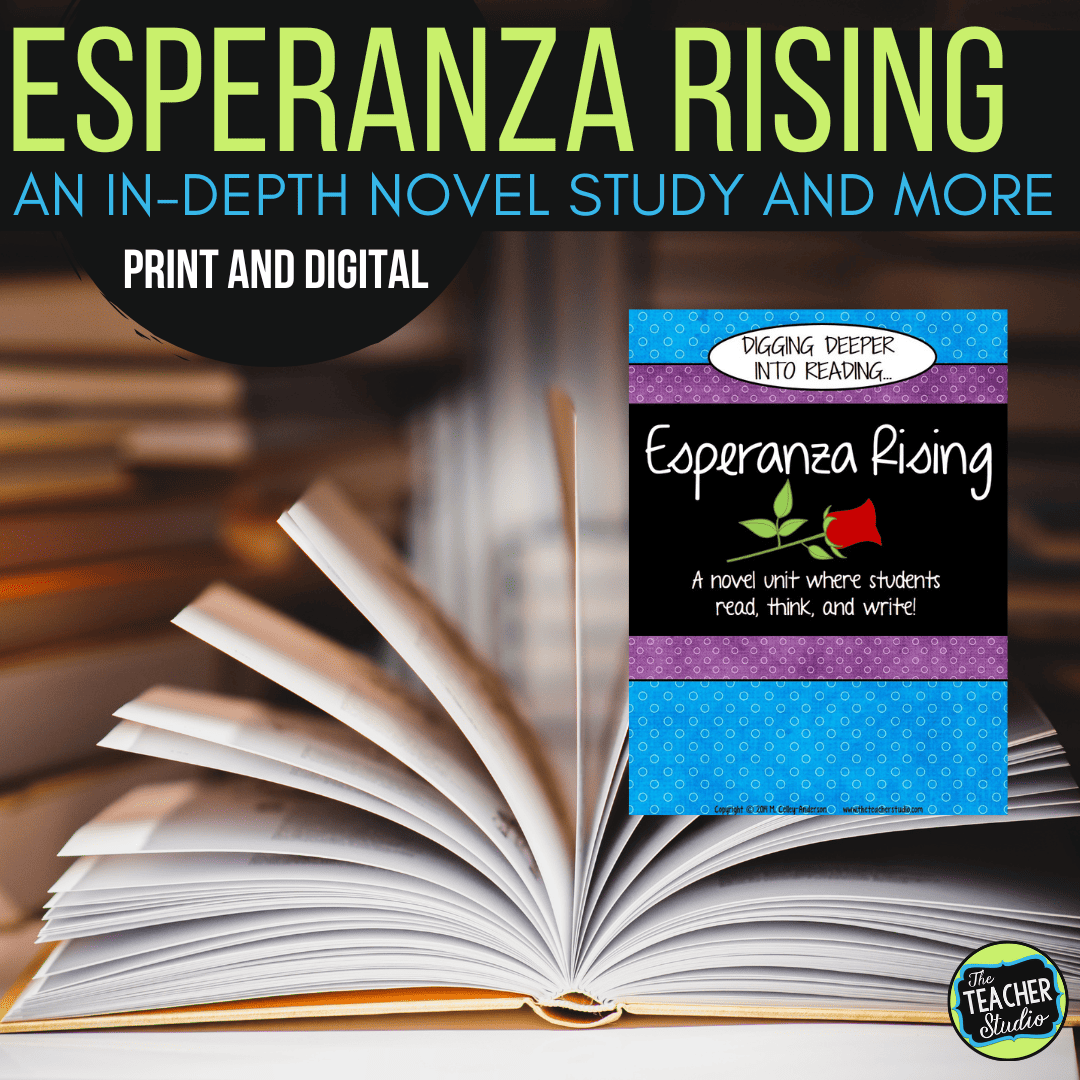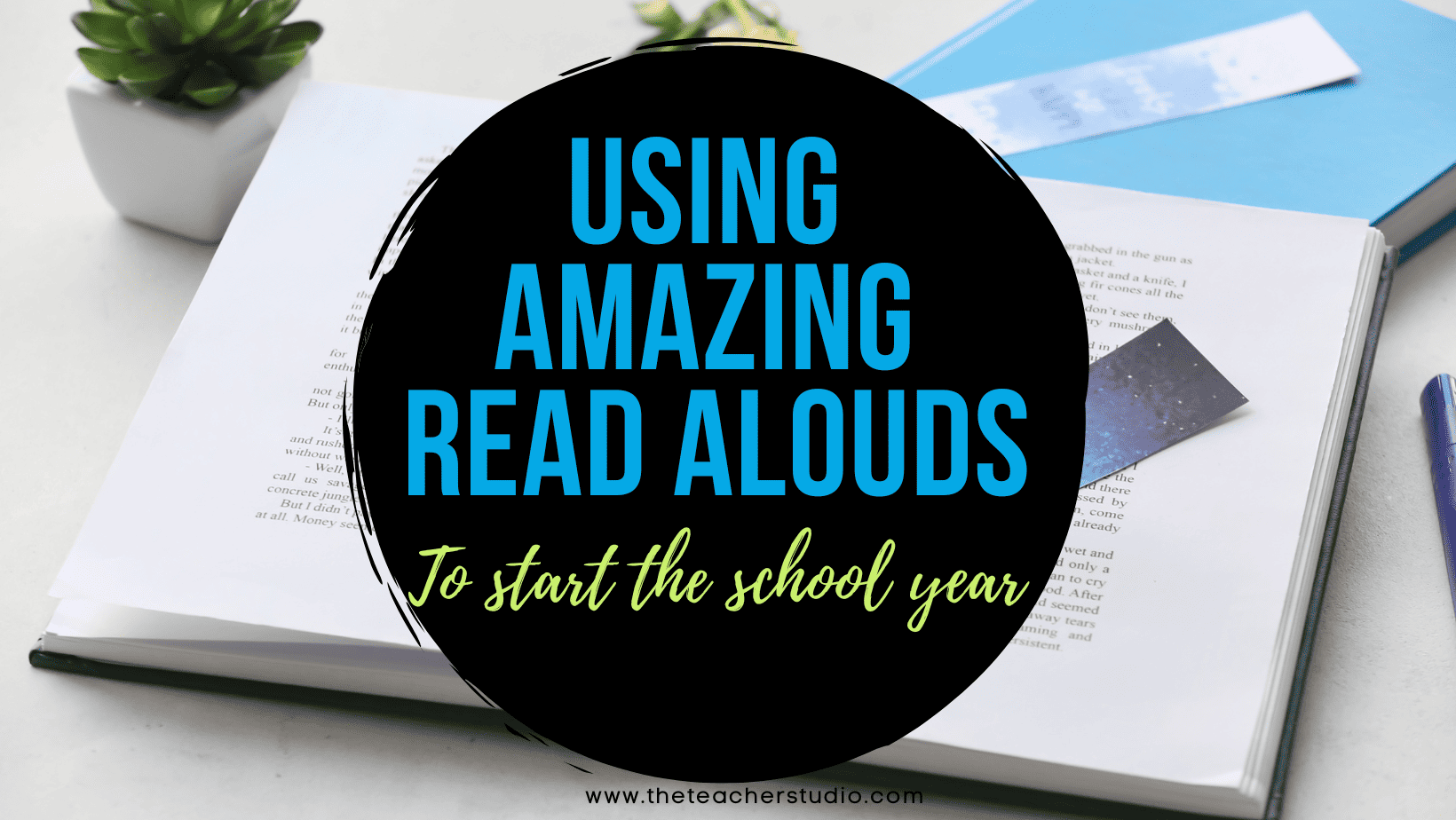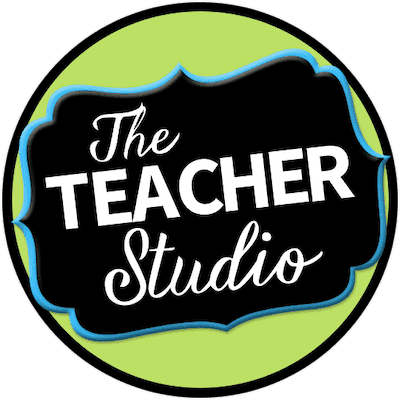I have had lots of requests for more math posts about every topic from organization to the Common Core to math workshop, so I have some things in the works!
I am going to try to work on two series of blog posts–one on the Standards for Mathematical Practice because I feel that this is truly where teachers can make a HUGE impact with their students. We really must remember that the content standards (the addition, the fractions, the measurement…) mean NOTHING if our students cannot think, make mathematical connections, and solve problems–the heart of the Standards for Mathematical Practice. I then am working on another series that might be able to help some of you who are eager to move to a more math “workshop” format–and are finding it overwhelming.
Today I thought I’d get going on my mathematical practice posts. Even though it would be LOGICAL to address them in order, I just don’t roll that way. HA!
 |
| This is “kid friendly” language–not the words of the CCSS. For exact CCSS language, please see the Standards for Mathematical Practice, page 7 |
Standard #5 “Uses Appropriate Tools Strategically” is one of the more clear cut and easy to understand standards. Most teachers understand that there are tools that we use to help us solve math problems–whether that be a ruler, a protractor, a spreadsheet (yes…software and apps can be considered “tools”!), calculators, paper and pencil, or manipulatives.
What I think is CRITICAL with this standard is that we take the use of these tools out of the TEACHER’S hands and put them in the control of the students. Here’s what I mean. We’ve all seen and taught lessons where we know tools (rulers, etc) are needed and we responsibly tell our students to get them out (or pass them out if it is a class supply) and the lesson begins. We’ve passed out buckets of pattern blocks to help teach a fraction lesson. We’ve had the class take out calculators to solve a tricky problem.
This standard is asking much more than having students USE tools. Read some of the verb phrases in the standard itself.
“students consider the available tools…”
“Proficient students…make sound decisions about when each of these tools might be helpful”
“[They]…use technological tools to explore and deepen their understanding”
So who is the subject of these phrases? The STUDENT. We need to help students become independent users of mathematical tools instead of the teacher being the facilitator. So how do we do this? I have a few suggestions–and would LOVE for all of you to chime in with your ideas as well!
1. Think of the types of questions you use with students. Consider asking questions like:
“Are there any tools that could help you solve this?”
“Would there be something in the room that could make solving this easier?”
“Have you solved a problem like this before? How did you do it? What helped you?”
2. Make sure that mathematical tools are readily available, that students know how to access them and how to use them, and that students can use them independently and responsibly. Check out the pics below…
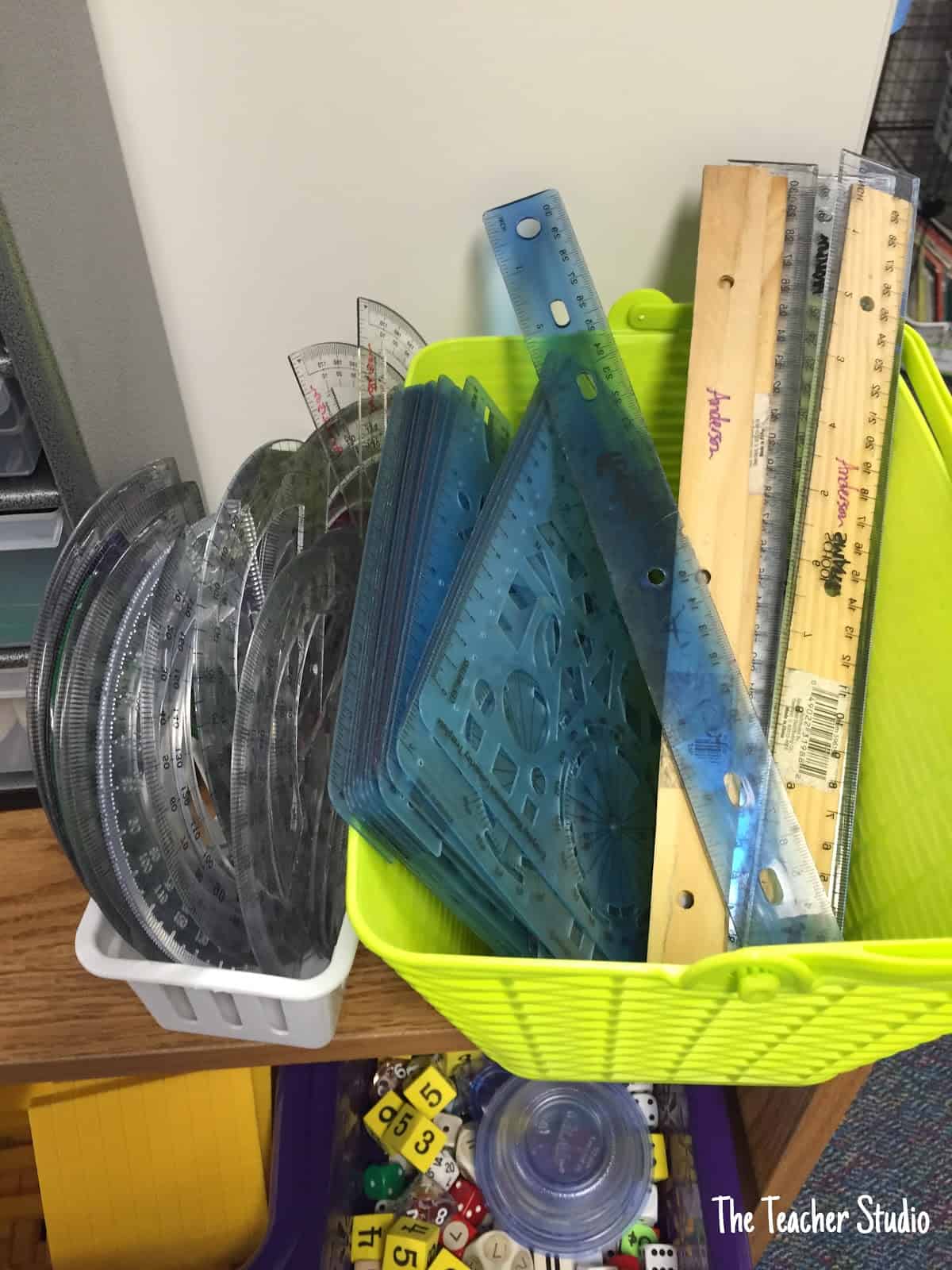 |
| OK…I snapped this picture in the middle of math class so this is a typical look…I have bins of protractors, rulers, and templates easily accessible to students in our math area. |
 |
| This is one of my shelves of math manipulatives. If students need base 10 blocks, coins, counters, or calculators, they know where to get them and that they can use them whenever needed. |
3. Make sure you are modeling, modeling, modeling when tools would be appropriate. Use phrases like “Hmm…I bet a ruler would help me divide this into even pieces.” or “I wonder if using graph paper would help me organize my work.” or “I think I could use a calculator to double check my accuracy on this one.” Students need to see how WE make decisions about using tools so they know what appropriate use is! Using a calculator to solve 50 + 50 is NOT appropriate–but it is very appropriate to check a complicated computation!
4. Encourage students in all contexts to estimate. Students who understand “about” how much an inch is, can tell when they use a ruler if their answer is reasonable. Students who understand how to round and estimate when multiplying money will better understand if what they plug into a calculator makes sense.
5. Stress precision and accuracy (a part of standard #6) and help students see how tools can help them do higher quality work. Even using paper and pencil to organize work, draw pictures to solve problems, or to record thinking are all part of the “uses tools” standard.
So what do you think? Do you have other ideas for helping make sure students learn how to “use tools strategically” and become more independent with these tools! Let’s hear your ideas and reflections below!


